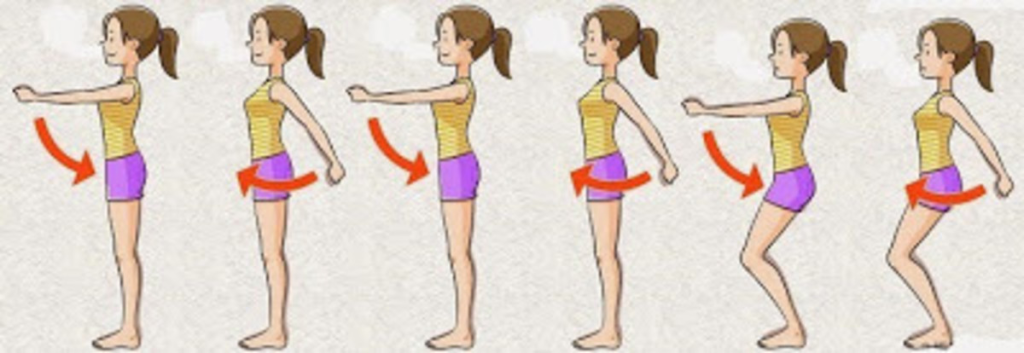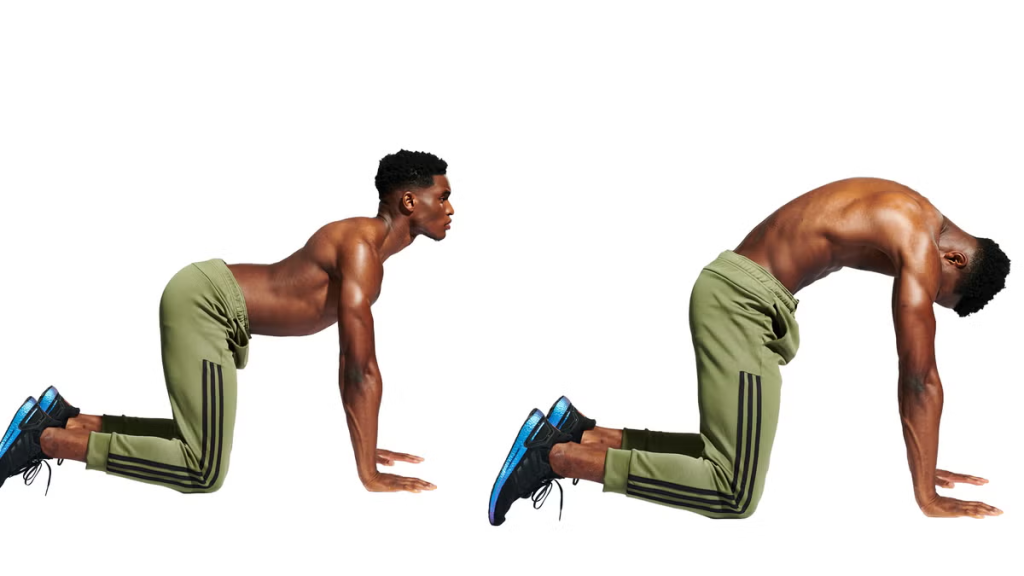Stressed? Tense? Before you reach for that glass of wine, try this first—your body might just be the ultimate stress relief tool you didn’t know you had.
When your mind is overwhelmed, your muscles tighten, and your breath shortens. The solution isn’t always external. In fact, a few minutes of mindful movement can reset your nervous system, boost endorphins, and melt away tension faster than you think. Welcome to the world of warm up exercises—not just for workouts, but for mental wellness.
Whether you’re about to start your day, wind down, or simply need a mid-day refresh, these warm-up moves are your go-to toolkit for physical and emotional relief.

Table of Contents
Do’s and Don’ts of Warm-Up Exercises for Stress Relief
| Do | Don’t |
|---|---|
| Breathe deeply and intentionally during each movement | Don’t hold your breath — it increases tension |
| Move slowly and mindfully to stay present | Don’t rush through the exercises like a workout checklist |
| Choose a quiet, comfortable space | Don’t do these in a distracting or noisy environment |
| Stay consistent – practice daily for best results | Don’t wait until you’re overwhelmed to start a routine |
| Listen to your body — modify movements as needed | Don’t push through pain or discomfort |
| Combine with calming elements (e.g., soft music, aromatherapy) | Don’t rely solely on external fixes like caffeine or alcohol |
| Focus on posture and alignment | Don’t slouch or collapse your spine during stretches |
| Use these exercises before or after stressful tasks | Don’t skip warm-ups if you plan to meditate or do yoga |
| Stay consistent – practice daily for the best results | Don’t ignore signs of dehydration or fatigue |
Why Warm-Up Exercises Work Wonders on Stress
Unlike full-blown workouts that may feel exhausting when you’re already mentally drained, warm-up exercises gently nudge your body into action. Here’s how they help:
- Activates the Parasympathetic Nervous System: Encourages calmness and relaxation.
- Improves Blood Flow & Oxygen Intake: Helps release physical tension.
- Boosts Endorphins Naturally: Your brain’s built-in stress-fighters.
- Lowers Cortisol (Stress Hormone): Helping you shift from “fight or flight” to “rest and digest.”
Warm-Up Exercises to Melt Away Stress: Step-by-Step
Each of the following moves requires no equipment and only about 10–15 minutes. Do them slowly and with intention. Add calming music and focus on your breath for bonus stress-melting benefits.
1. Standing Roll Downs (Neck to Spine Release)

How-To:
- Stand tall, feet hip-width apart.
- Inhale deeply, then slowly tuck your chin toward your chest.
- Exhale and gradually roll down through each vertebra (neck → shoulders → back → hips).
- Let your arms hang loosely like noodles.
- Inhale at the bottom, then slowly roll back up.
Reps: 3 times
Benefit: Relieves upper body tension and decompresses the spine.
2. Shoulder Rolls with Breath Sync

How-To:
- Stand or sit upright.
- Inhale and roll your shoulders up toward your ears.
- Exhale as you roll them back and down in a circular motion.
Reps: 10 forward, 10 backward
Benefit: Unwinds tight shoulders and neck caused by anxiety and screen time.
3. Arm Swings (Dynamic Emotional Release)

How-To:
- Stand with feet shoulder-width apart.
- Gently swing your arms forward and back, alternating sides.
- Let your arms move naturally with momentum; keep your knees soft.
Time: 1–2 minutes
Benefit: Releases stored energy, improves circulation, and helps you reconnect with your breath.
4. Cat-Cow Stretch (Spinal Tension Reset)

How-To:
- Get on all fours with hands under shoulders and knees under hips.
- Inhale: Arch your back, lift your head and tailbone (cow pose).
- Exhale: round your back, tuck your chin and pelvis (cat pose).
Reps: 8–10 rounds
Benefit: Soothes lower back tension, enhances flexibility, and encourages deep breathing.
5. Standing Hip Circles (Releasing Deep Tension)

How-To:
- Place hands on your hips.
- Gently move your hips in wide circles clockwise, then counterclockwise.
Reps: 5 per direction
Benefit: Opens up tight hip flexors, which are common stress storage zones.
6. Seated Forward Fold (Hamstring + Mental Relief)

How-To:
- Sit with legs extended.
- Inhale, reach your arms up.
- Exhale, slowly fold forward from your hips, and reach toward your toes.
- Hold and breathe for 30 seconds.
Benefit: Stretches hamstrings and calms the nervous system.
7. Deep Diaphragmatic Breathing (The Anchor)

How-To:
- Sit or lie down in a comfortable position.
- Place one hand on your chest, and one on your belly.
- Inhale slowly through your nose for 4 counts, filling your belly.
- Exhale slowly through your mouth for 6 counts.
Time: 2–3 minutes
Benefit: Instantly shifts your body into a relaxation state, reducing anxiety and promoting clarity.
Pro Tip: Create a Daily Ritual
Pair these warm-up movements with:
- Aromatherapy (lavender or eucalyptus)
- Soft instrumental or binaural beats
- Dim lighting or candlelight
- Herbal tea post-exercise (if you’re skipping the wine!)
Final Thoughts: Why This Beats a Glass of Wine
Sure, wine can temporarily relax you—but warm-up exercises provide long-lasting stress relief without side effects, hangovers, or guilt. They train your body and mind to manage stress better, one breath and one movement at a time.
So the next time stress starts creeping in, skip the bottle—and roll out a mat instead. Your body and brain will thank you.
Frequently Asked Questions (FAQs)
Can warm-up exercises really reduce stress better than a glass of wine?
Yes, absolutely. While wine provides temporary relaxation, warm-up exercises stimulate the release of endorphins (natural feel-good hormones) and lower cortisol levels, offering long-term benefits without the downsides of alcohol like fatigue or brain fog.
How often should I do these exercises to manage stress?
You can practice these exercises daily, or even multiple times a day during stressful periods. Even 5 to 10 minutes is effective when done consistently.
Can I do these warm-up exercises at work or in public spaces?
Yes! Most of the exercises, like neck rolls, shoulder rolls, and deep breathing, can be done while sitting at a desk or standing in a quiet corner. They’re discreet and effective for instant stress relief.
re these exercises safe for beginners or people with limited mobility?
Absolutely. These warm-up exercises are gentle, low-impact, and designed to be accessible to all fitness levels. However, if you have a medical condition or injury, consult your doctor or a physical therapist first.
How long should my warm-up stress relief session be?
A full session can be 10–15 minutes, but even 3–5 minutes of mindful movement and breathing can be highly effective. The key is consistency and intentionality.
Do I need any equipment for these exercises?
No equipment is necessary. You only need a little space to move and perhaps a yoga mat for comfort during seated stretches. Optional add-ons include calming music, essential oils, or a candle for ambiance.
Can I combine these exercises with meditation or yoga?
Yes, they pair perfectly. You can use them as a pre-meditation warm-up, include them in a gentle yoga flow, or use them as a standalone mini routine to decompress.





